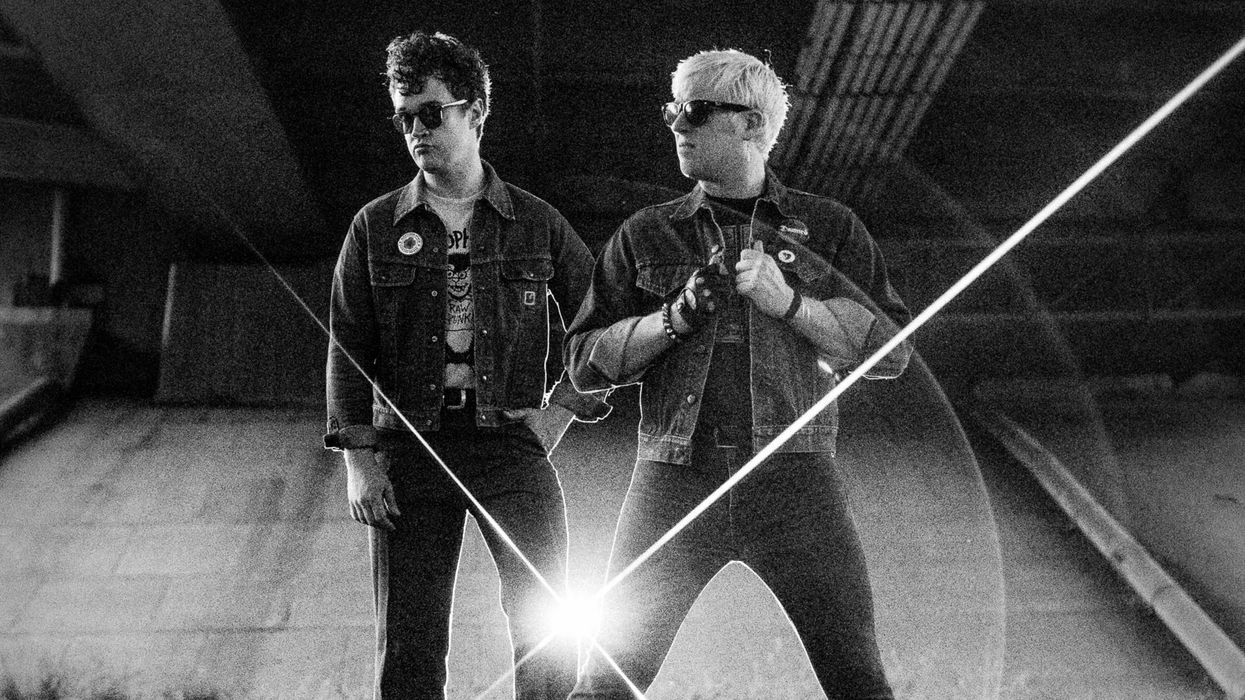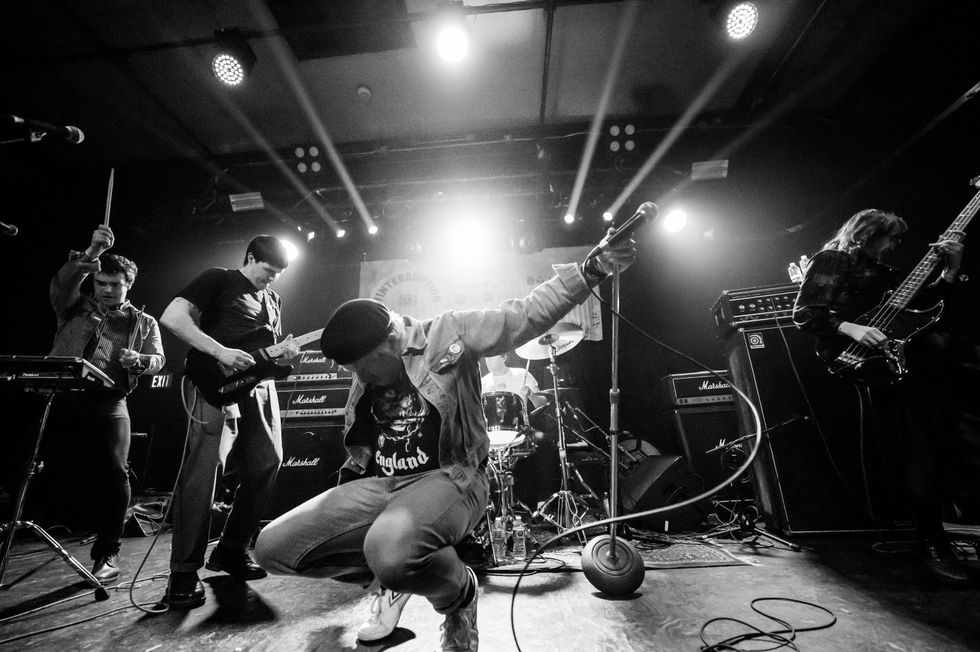Over the past decade we’ve seen a radical shift in the way we communicate. Because the world is online and with high speed Internet, Wi-Fi and 3G, we have more ways than ever to send and receive information. This has brought about some serious changes. We’ve seen the concept of going to a record store and buying a CD (record, tape, 8 track!) nearly erased and replaced with iTunes and other online means. We’ve watched eBay and Craigslist grow up and allow us to buy guitars we’ve never even played with just a picture and description. All of this is fantastic, and don’t get me wrong, I wouldn’t change it for anything. However, with our growing ability to compartmentalize our lives and access all of this goodness from the convenience of our laptop or iPhone, it brings up the fact that we don’t have the human element present as much as we used to. Sure, most of us go to work or school and interact, but since we have this other world available to us, we could easily miss out on some of that great stuff that only people can make happen.
The Guitar Instructor
YouTube, tabs, online lessons, DVDs, etc. are all fantastic ways to get your learn on, and they’re far more accurate than what was available when I was growing up. I’ve talked about it before but back when I was learning there was very little tab or information out there so we had two choices: learn it ourselves or go to a guitar teacher. With the latter something happened that cannot occur with one-sided learning—interaction! One of the great benefits of going to a good guitar instructor is that he or she can give you immediate feedback on what you’re doing right and what you are doing wrong. On my first guitar lesson when I was 12 all I wanted to do was learn “Eruption.” Well, I wasn’t quite at Van Halen’s level at that point so my teacher (Jim Bedford…thank you Jim) assessed what I was capable of at the time and worked out a compromise. He showed me the new (at the time) idea of tapping. Being it was on a single string and could easily be learned, he spent half of the lesson working with me and getting my hand position correct to be able to better practice it over the week. Had it just been written down or if I had watched a video I would have missed out on that personal training where he could correct me on the spot and help me not practice my mistakes.
Another excellent example of working with a teacher was while I was in college getting my degree in Classical Performance and Composition. My guitar instructor, Jim Bertram, spent a great deal of time working on my left hand. As a rock guitarist my hand tended to shift at an angle that worked great for electric guitar but created a lot of issues on a wide-neck nylon string classical guitar. He constantly would stop me and correct my hand position while checking my posture and ensuring I was focused on my technique. While I may have been able to do this with a mirror, I didn’t yet have the knowledge or discipline to catch and correct myself the way he did. Over time he also helped me by making me play a passage over and over again until it was right. My tendency was to play a piece, but to make a mistake here and there. When I got to a place where I was having trouble he would isolate the part and have me play it until it was correct. Then he would have me lead into the part and play through the old trouble spot until I could easily get through it from a bar or so ahead. It was this kind of help that really propelled my playing, and certainly not something I would have ever learned on my own.
The Band
All the practice in the world will only prepare you so much when it comes to playing with others. It’s one thing to be able to strap on your guitar (you do practice standing up don’t you?) and rip along with a CD in the comfort of your home but it’s entirely different to do this in an ensemble setting. While most of us have probably played in a number of bands there can always be more of it. In my early 20s I spent a good amount of time in a band that never once played a gig! We practiced and practiced to make sure we were good enough but the singer never felt that the time was right. Everything had to be perfect, and it sucked the life out of the band and eventually led me down a different path.
The truth of that situation is that while I learned to work in a band context it was only half of the equation. The other half was that playing in front of a live audience is where most of the good stuff comes from. At rehearsal you can stop, make changes and move on. Live shows give you one chance to make it through the song and the set. Of course any number of things can go wrong and it’s only the experience of going through it that can teach you how to be better prepared the next time something comes up. Not only that, but the feedback you receive from the crowd tells you what they like, and there’s nothing cooler than playing a gig to a rabid crowd! Once again this illustrates multiple levels of interaction with people, from the band to the audience, and all of the experience you gain and gain very quickly. It only took me one time of putting my guitar picks in my pocket to realize that that is no place for a guitar pick when you need one in the middle of a song!
The Guitar Store
I’ve bought and sold plenty of guitars online. Sometimes after reading a thread about a particular model or seeing an ad for one and reading the reviews I plunked down my money and had it shipped to me. Sometimes it was everything I’d hoped for while other times it was a disappointment. Most of the disappointment didn’t come from it not being built well, but from the fact that it just didn’t feel “right.” The only way to know 100 percent if a guitar, amp or pedal is right for you is to play it yourself. Ah the guitar store. We don’t have as many independent stores as we used to, but they still exist. And with Craigslist you can still locally check out a guitar at somebody’s place and see if it fits for you. I can’t overstate the nuance of things like neck shape and size, body weight, and aesthetics. While a guitar can look great in a picture it isn’t until you pull it out of the case and check it out that you’ll fully understand what you are dealing with. The other thing that’s really nice about the guitar store is that you can (hopefully) talk with somebody who knows something about the instrument and can point it out to you while you’re there. It happens less and less these days, but there are experts—even at the big box retail guitar stores.
These are only three examples of the human element and how it can be so enjoyable, helpful, and cathartic. While it’s true that we have many options available to us these days I think it’s important to understand how beneficial we are to each other. So next time you decide you want to buy a guitar or amp, maybe you could swing by the local shop and see what they have to offer. Or perhaps even if you’ve been playing for years it would be really cool to seek out a killer local instructor and take a few lessons. And finally, who ever picked up an instrument without the aspiration of being in a band? If you’ve been holed up in your bedroom “studio” a little too long maybe it’s time to head out to jam night at the bar down the street from your home. Tivo will make sure you don’t miss your favorite show! Just make sure you’re not a “Fiver” or “Niner.”—Joe Coffey knows what I’m talking about!
The Human Element - Old School Guitar Interaction
Don''t let technology cause you to miss out on the real-life connections that make you a better player
By Steve OuimetteDec 30, 2010


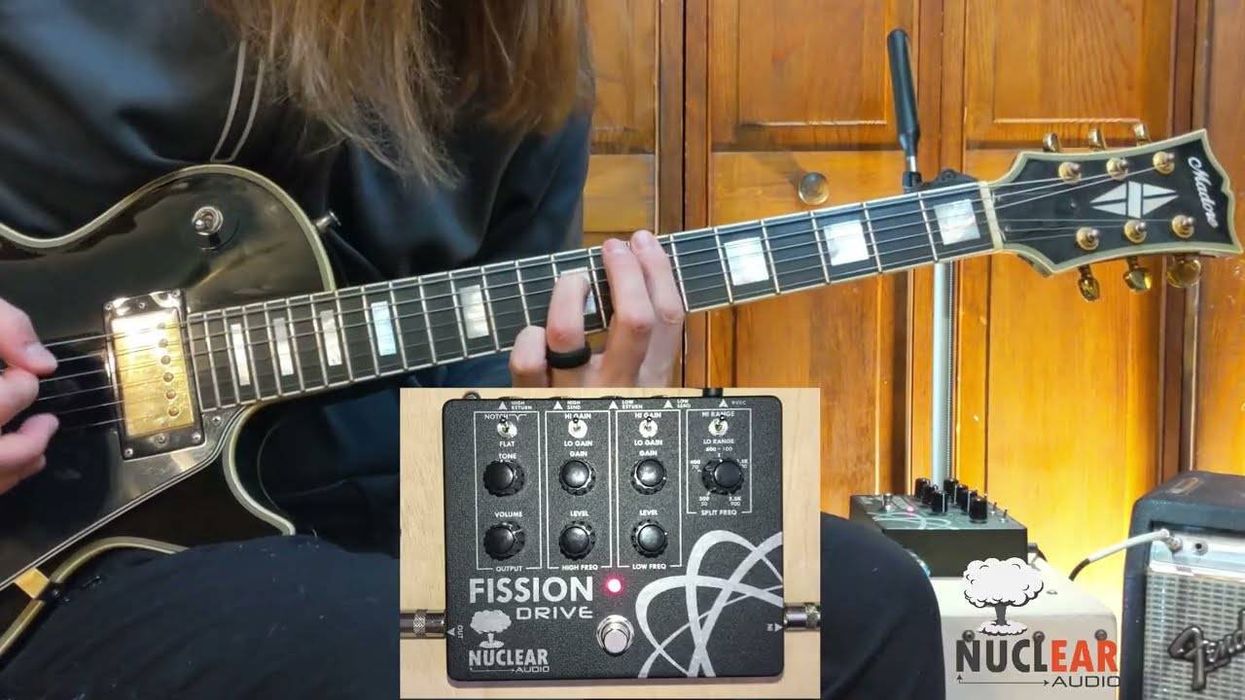




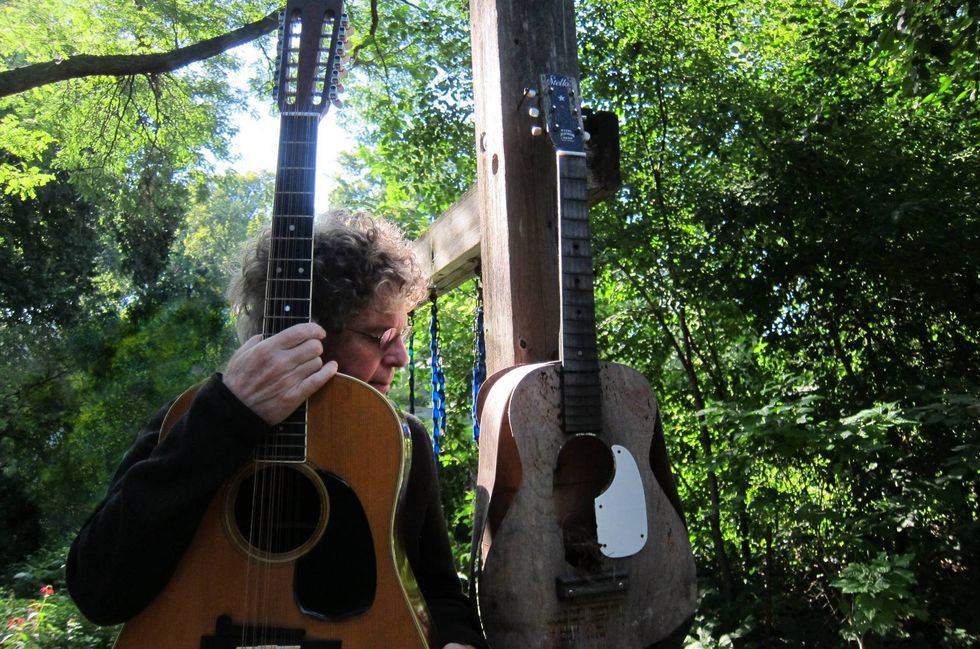
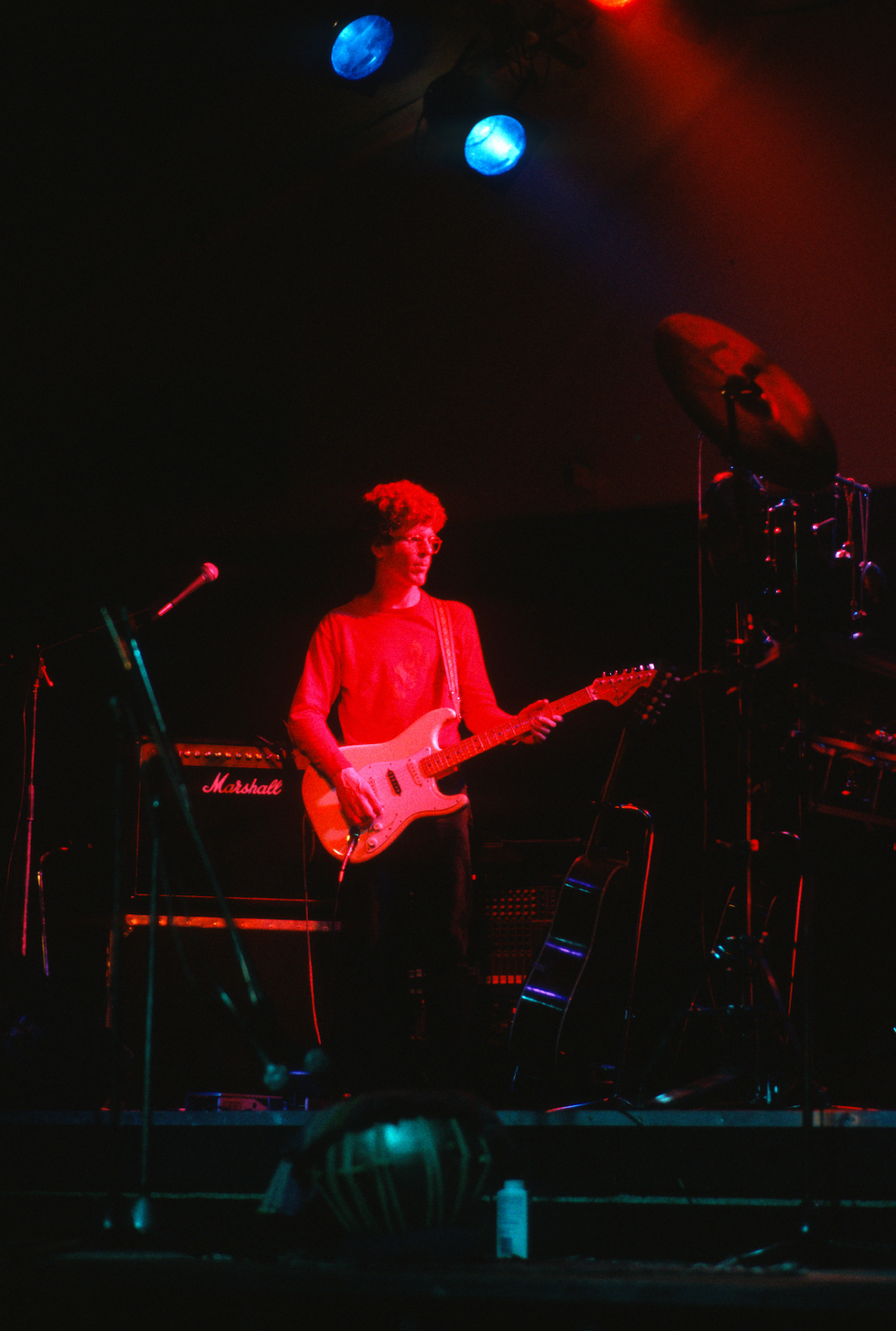
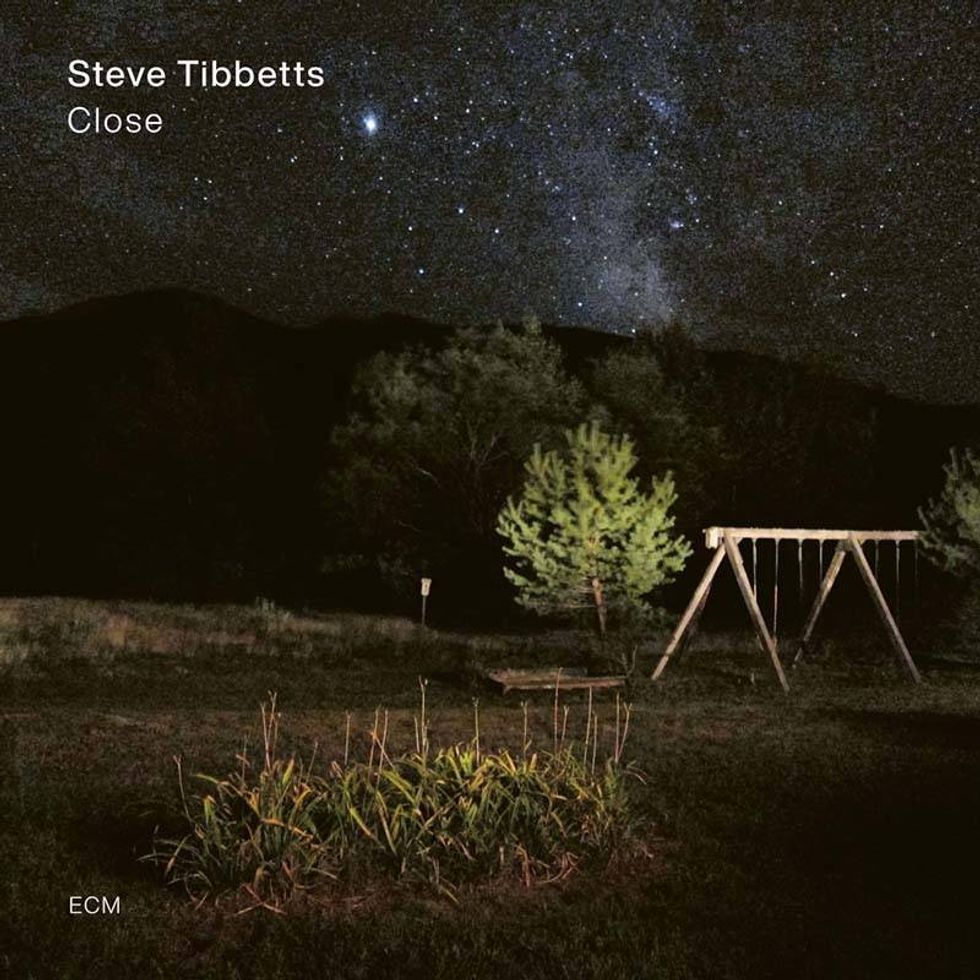



![Rig Rundown: Russian Circles’ Mike Sullivan [2025]](https://www.premierguitar.com/media-library/youtube.jpg?id=62303631&width=1245&height=700&quality=70&coordinates=0%2C0%2C0%2C0)





